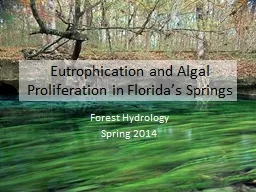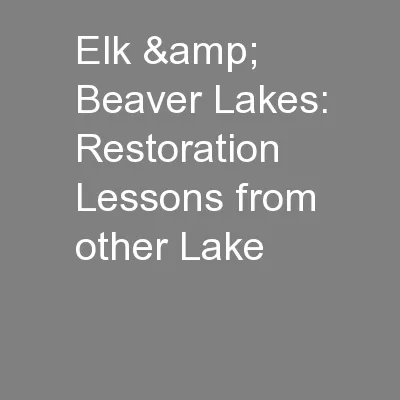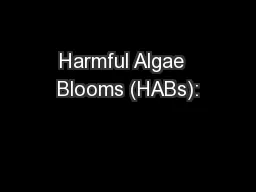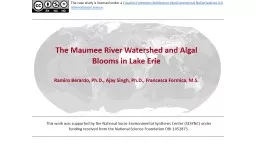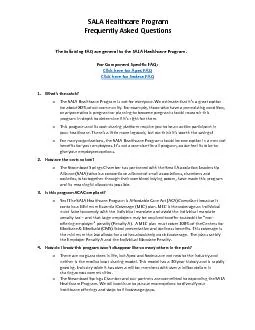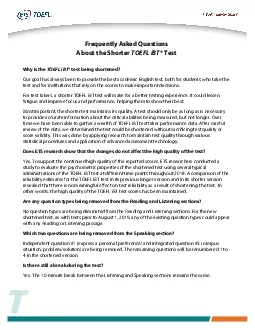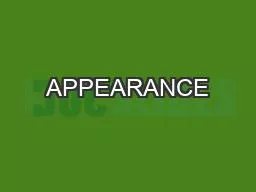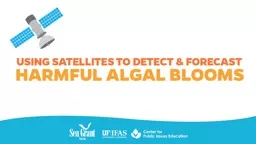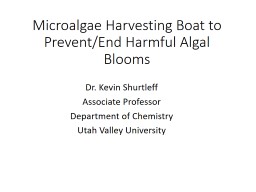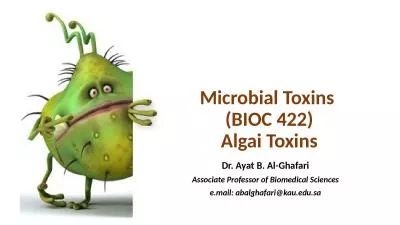PDF-Harmful Algal Blooms HABs Frequently Asked Questions www
Author : ellena-manuel | Published Date : 2015-02-01
kdheksgovalgaeillness 1 What causes bluegreen algae blooms Bluegreen algae are a natural part of water based ecosystems They become a problem when nutrient s phosphorus
Presentation Embed Code
Download Presentation
Download Presentation The PPT/PDF document "Harmful Algal Blooms HABs Frequently Ask..." is the property of its rightful owner. Permission is granted to download and print the materials on this website for personal, non-commercial use only, and to display it on your personal computer provided you do not modify the materials and that you retain all copyright notices contained in the materials. By downloading content from our website, you accept the terms of this agreement.
Harmful Algal Blooms HABs Frequently Asked Questions www: Transcript
Download Rules Of Document
"Harmful Algal Blooms HABs Frequently Asked Questions www"The content belongs to its owner. You may download and print it for personal use, without modification, and keep all copyright notices. By downloading, you agree to these terms.
Related Documents



